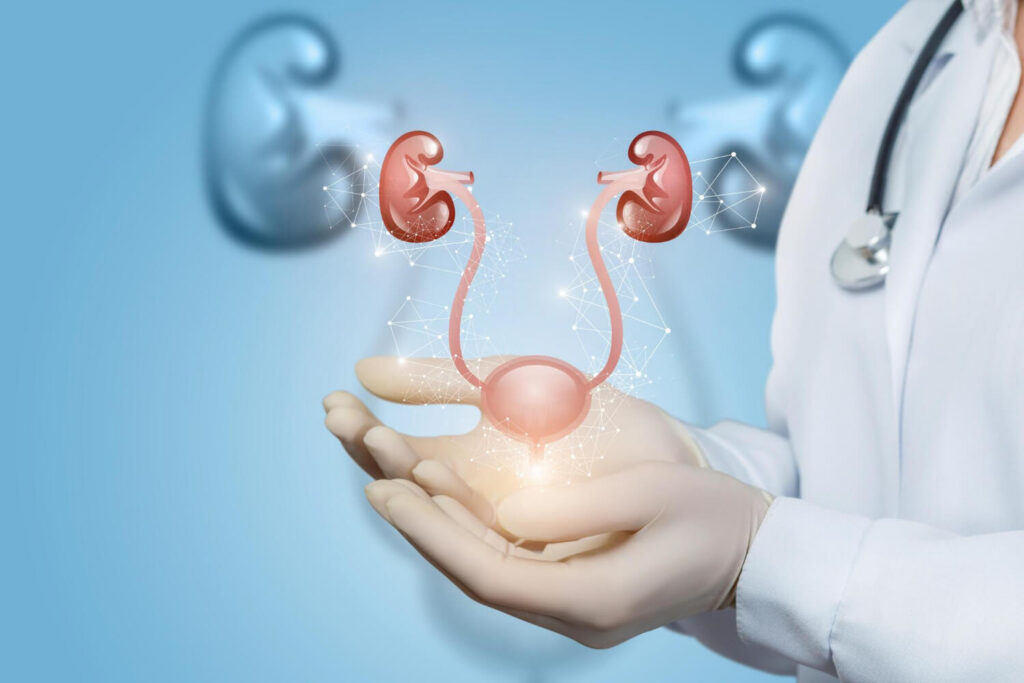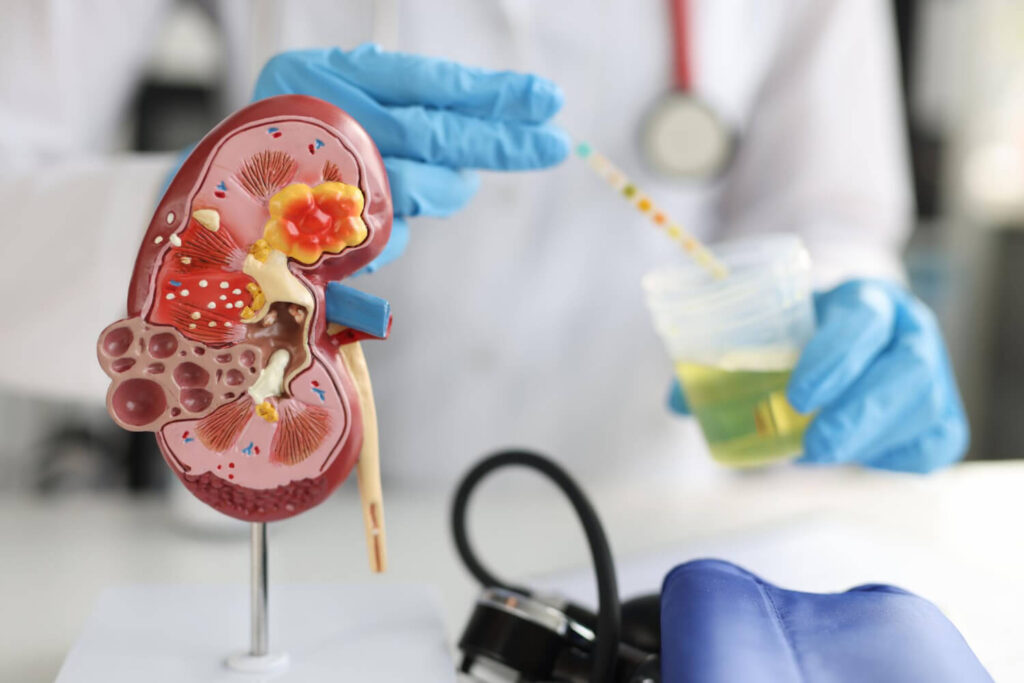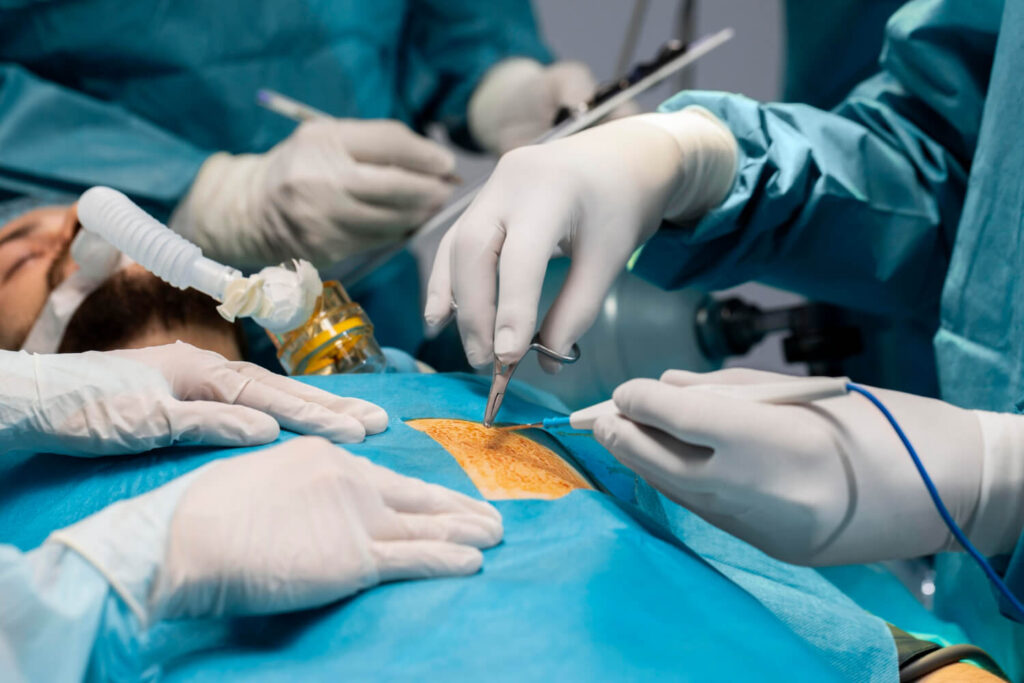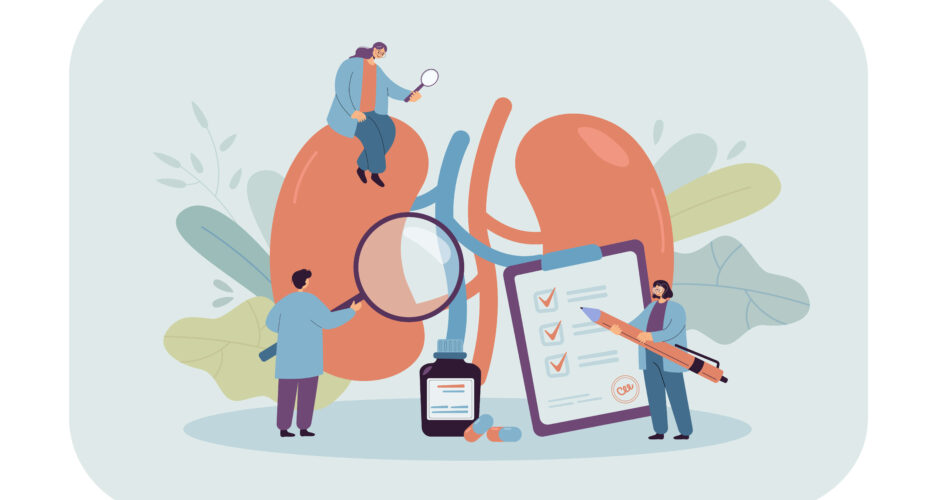When it comes to kidney stone removal, some patients might focus about the painful process, and not the relief it can bring to them. Unfortunately, by not removing these materials, it can cause a more severe complications in the kidney. Thus, resulting in affected overall health.
With the continuous risk in the urinary system due to kidney stones, an immediate intervention from the experts should occur. In this blog, we aim to educate patients about the removal of kidney stones, and why should it happen to attain a healthier body system.
Understanding Kidney Stones

Kidney stones, also known as renal calculi, are hard mineral and salt deposits that form in the kidneys. They can vary in size and shape, ranging from as small as a grain of sand to as large as a golf ball. These stones can cause severe pain and discomfort as they pass through the urinary tract.
When kidney stones form, they can cause a range of symptoms and complications. The most common symptom is intense pain, which is often described as being worse than childbirth. The pain typically starts in the back or side and radiates to the lower abdomen and groin. This pain is caused by the movement of the stone through the urinary tract, which can cause blockages and irritation.
Symptoms of Kidney Stones
As mentioned kidney stone removal involves a painful process. However, the signs of kidney stones also includes that feeling, which is mostly the credible known sign of kidney problem. Although, that’s not the only noticeable warning sign.
Here are some of the common symptoms of kidney stones that patients must be aware of:
- Blood in the urine or hematuria,
- Frequent urination or a strong urge to urinate
- Burning sensation during urination.
Causes of Kidney Stones
Kidney stones can develop due to various reasons. One of the primary causes is inadequate water intake. When the body doesn’t get enough fluids, the urine becomes concentrated, making it easier for minerals and salts to crystallize and form stones. Dehydration, hot climates, and certain occupations that involve heavy physical activity can increase the risk of kidney stone formation.
Another common cause of kidney stones is a high intake of certain foods. Foods that are rich in oxalate, such as spinach, rhubarb, and chocolate, can increase the risk of stone formation. Oxalate is a substance that binds with calcium in the urine, forming crystals that can develop into stones. Other dietary factors that can contribute to kidney stone formation include high intake of salt, animal protein, and sugar.
Genetics also play a role in kidney stone development. If you have a family history of kidney stones, you are more likely to develop them yourself. Certain medical conditions can also increase the risk of stone formation. For example, people with urinary tract infections, gout, and certain metabolic disorders are more prone to developing kidney stones.
Furthermore, certain medications can increase the risk of kidney stone formation. Diuretics, commonly used to treat high blood pressure and edema, can increase urine production and contribute to stone formation. Other medications, such as antacids containing calcium, can also increase the risk by raising the levels of calcium in the urine.
These factors are just some of the most known causes of kidney stones. Individuals can still lessen their odds in contracting kidney stones if they choose to do so. That’s why it would be best to take note of the following causes and make changes in their lifestyle choices.
Diagnosis and Treatment

When kidney stones are suspected, a healthcare professional will perform a series of tests to confirm the diagnosis. These tests may include urine tests to check for blood and other abnormalities, imaging tests such as X-rays or CT scans to visualize the stones, and blood tests to evaluate kidney function and identify any underlying causes.
With confirmation of the current condition, intervention steps are a must. There are several treatment options available for kidney stones. Extracorporeal shock wave lithotripsy (ESWL) uses sound waves to break the stones into smaller pieces, making them easier to pass.
Another option is ureteroscopy, which involves inserting a thin tube into the ureter to remove or break up the stones. In more complex cases, surgical intervention may be necessary to remove the stones.
Natural Approaches to Kidney Stone Removal
Removal of the kidney stones can be a painful and bothersome condition. However, there are natural approaches that can help prevent and manage them. In addition to the primary methods mentioned, there are other strategies that can be incorporated into a comprehensive treatment plan.
Hydration and Diet Modification
One of the primary natural approaches to prevent and manage kidney stones is through proper hydration. Drinking an adequate amount of water helps dilute urine, reducing the chances of stone formation. Staying hydrated is crucial, especially in hot climates or during physical activity when the body loses more fluids.
In addition to hydration, modifying the diet can also minimize the risk of developing kidney stones. It is important to reduce the intake of oxalate-rich foods, such as spinach, chocolate, and nuts. Oxalate is a substance that can contribute to the formation of kidney stones. By limiting its consumption, the risk of stone formation decreases.
Furthermore, incorporating foods that are rich in citrate, such as lemons and oranges, can also be beneficial. Citrate helps prevent the formation of certain types of kidney stones by binding to calcium, preventing it from crystallizing and forming stones.
Pursuing the natural approach towards wellness is a great idea. However, it is still important to have your condition checked and analyzed by a health expert. That way, the condition can be managed well, and not result in further progression.
The Role of Physical Activity
Meanwhile, engaging in regular physical activity can have multiple benefits for kidney stone prevention and removal. Exercise helps improve overall circulation, including blood flow to the kidneys. This increased blood flow can help flush out toxins and prevent the buildup of minerals that can lead to stone formation.
In addition to improving circulation, regular physical activity can also aid in maintaining a healthy weight. Obesity and excess weight are risk factors for kidney stone formation. By maintaining a healthy weight through exercise, the risk of developing kidney stones can be reduced.
However, it is essential to consult with a healthcare professional before starting any exercise program, especially if you have a history of kidney stones or any other medical condition. They can provide personalized recommendations based on your specific needs and help you design an exercise plan that is safe and effective.
Medical Interventions for Kidney Stone Removal
Kidney stones can cause severe pain and discomfort, and healthcare providers have several options for their removal. Depending on the type and size of the stones, different medical interventions may be recommended. These interventions aim to break down the stones or alleviate symptoms associated with kidney stones.

Medication Options
One of the commonly used approaches for kidney stone removal is the use of medications. Healthcare providers may prescribe alpha-blockers, which are medications that help relax the muscles in the urinary tract. By doing so, alpha-blockers can facilitate the passage of kidney stones through the urinary system, making their removal easier and less painful.
In addition to alpha-blockers, pain medications can also be prescribed to alleviate discomfort during the process of stone passage. These medications can help manage the pain associated with kidney stones, providing relief to individuals experiencing this condition.
Non-Invasive Procedures
In certain cases, non-invasive procedures may be performed to remove kidney stones. These procedures offer a less invasive alternative to surgical interventions and can be highly effective in breaking down and removing stones.
One such non-invasive procedure is extracorporeal shock wave lithotripsy (ESWL). During ESWL, shock waves are directed towards the kidney stones, causing them to break into smaller fragments. These smaller fragments can then be expelled through urine, eliminating the need for surgical intervention.
Surgical Interventions
In more complex cases or when other methods fail to remove kidney stones, surgical interventions may be necessary. Surgical techniques can be employed to directly remove the stones from the kidney or break them down for easier removal.
One such surgical intervention is percutaneous nephrolithotomy (PNL). This procedure involves making a small incision in the back to access the kidney. Through this incision, healthcare providers can directly remove larger stones from the kidney. PNL is often recommended for stones that are too large to be effectively treated with non-invasive procedures.
Another surgical procedure used for kidney stone removal is ureteroscopy with laser lithotripsy. During this procedure, a laser is used to break down the stones into smaller fragments. The fragmented stones can then be removed using specialized tools. Ureteroscopy with laser lithotripsy is particularly effective for stones located in the ureter or in the kidneys.
Conclusion
It is important to note that the choice of medical intervention for kidney stone removal depends on various factors, including the size, location, and composition of the stones, as well as the overall health of the individual. Healthcare providers will carefully evaluate each case to determine the most appropriate treatment approach.
Aim for your kidney wellness by booking an online consultation with a urologist for immediate checkup.



